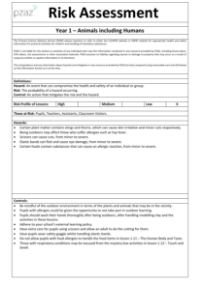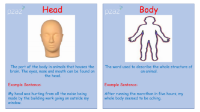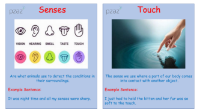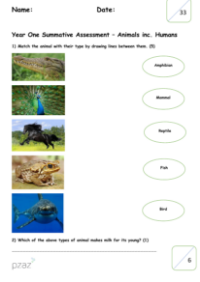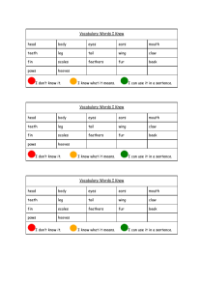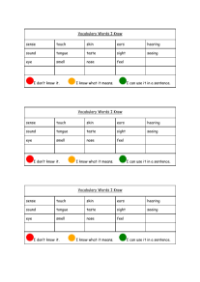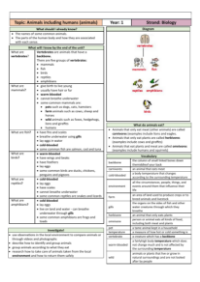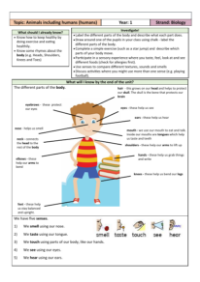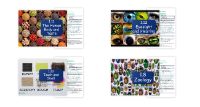Animals including Humans - Knowledge Organisers
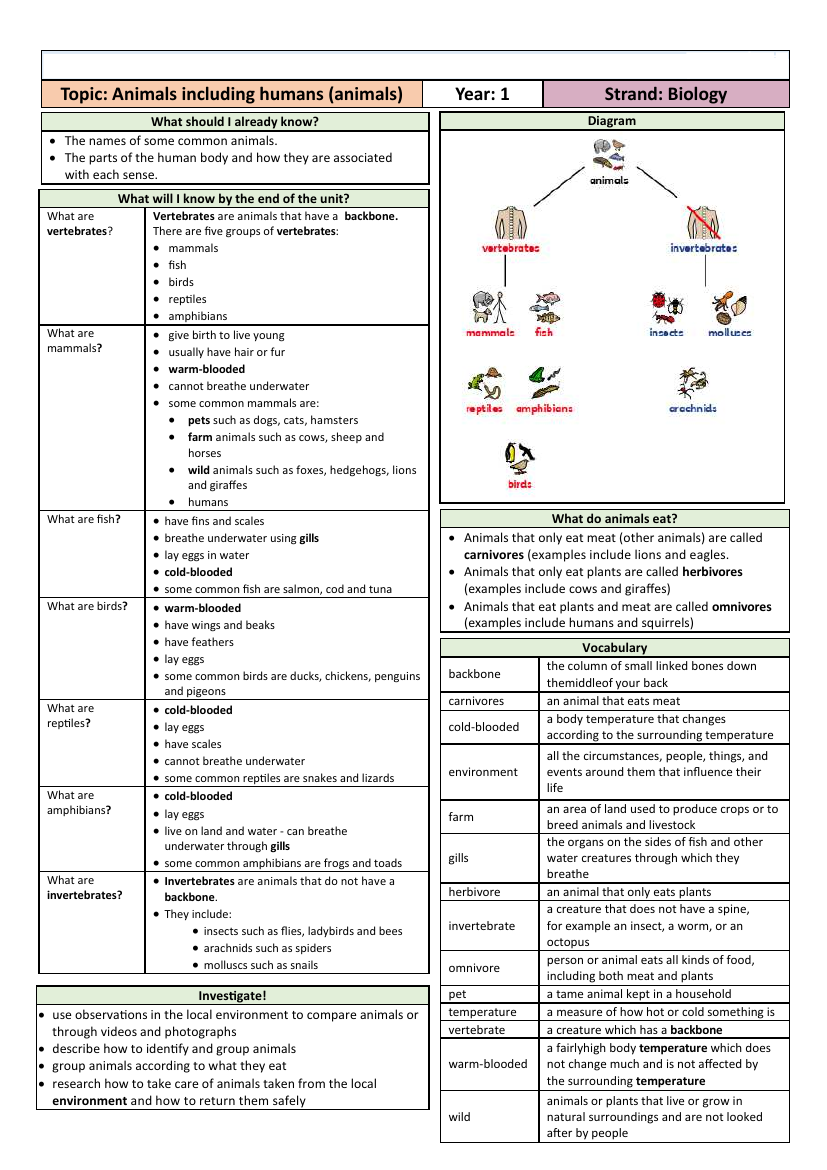
Science Resource Description
Wells Hall Primary School lays out an engaging Science curriculum for Year 1 students, focusing on the topic 'Animals including Humans'. At the beginning of the unit, students are expected to have a basic understanding of common animal names and the human body parts associated with the five senses. The knowledge organisers provided delve into various biological concepts, starting with vocabulary that includes terms such as backbone, carnivores, herbivores, and omnivores. Students learn about different animal classifications, the concept of warm-blooded and cold-blooded creatures, and the importance of the environment in which animals live. The organisers also encourage practical investigation, such as observing local wildlife or using multimedia resources to compare and categorise animals based on their diets and other characteristics.
By the end of the unit, students will have expanded their knowledge significantly. They will be able to identify vertebrates as animals with backbones and understand the five groups within this category: mammals, fish, birds, reptiles, and amphibians. Each group is defined by unique characteristics, for instance, mammals give birth to live young and are warm-blooded, while fish have fins, scales, and are cold-blooded. Invertebrates, which lack a backbone, are also explored, including insects, arachnids, and molluscs. Additionally, students will learn about the dietary habits of animals, distinguishing carnivores, herbivores, and omnivores. Interactive activities, such as matching animals to their descriptions and identifying suitable pets, help to solidify their understanding of these concepts, ensuring that by the end of the unit, they can confidently classify animals and comprehend their diverse characteristics and habitats.
